-
Posts
1,006 -
Joined
-
Last visited
-
Days Won
13
Content Type
Profiles
Forums
Gallery
Downloads
Blogs
Events
Store
Aircraft
Resources
Tutorials
Articles
Classifieds
Movies
Books
Community Map
Quizzes
Posts posted by Roundsounds
-
-
6 hours ago, facthunter said:
It's a limited exemption that allows those schools to operate, as I see it. Nev
Yes, very limited indeed. Exemptions are issued to individual schools and audited on a regular basis. The exemptions require renewal along with the going fee, quite different to the GFA and Balloon Federation certificate holders. Probably logical when RAA (AUF) airplanes resembled flying clotheslines, cruised at 25 knots and were fitted with Victa Lawnmower engines.
-
3 hours ago, old man emu said:
Of course. I was simply wondering about the pilot.
So, basically you have to be a dual aviation citizen?
Yep, at 160001 the skies above Camden miraculously are swept of all dangers until 075959 the following day.
There are schools at Bankstown that train with RAA aircraft. Does that mean that a student on first solo has the RAA RPC qualification?
The RAA schools operating at Class C or D hold exemptions allowing students to solo. Once the pilot has gained their RPC they can no longer operate in CTA, more CASA logic in place.
-
2 hours ago, old man emu said:
I was wondering. If I have a full Part 61 PPL, it means I can fly in controlled airspace. If I switched to an RAA certificate, would that Part 61 approval carry over?
It sure does, but you must keep your Part 61 PPL medical and AFR current to exercise the privileges on an RAA RPC in controlled airspace. CASA argue you need the medical and AFR to be safe to operate in controlled airspace. However, glider and balloon pilots can operate in controlled airspace without any CASA issued medical or Part 61 quals. Camden is a classic example of glider ops in controlled airspace without the need to hold a PPL or medical (aside from a self certified one), these ops include motor gliders. A pilot holding only RAA quals can happily operate from Camden when the tower is closed, but not when it’s active. That implies it’s safer to operate when the tower is shut?
-
 1
1
-
-
On 6/4/2023 at 8:21 PM, trailer said:
This extract from the RAAus CEO is somewhat concerning...
'As part of our ongoing Part 149 obligations, RAAus must provide CASA with a range of statistics, including safety and compliance data. For this first quarter of 2023, we’ve continued to see the same kind of non-compliances occurring, which is disappointing. As an example, we identified two aircraft flown without current registration, eight instances of Instructors operating with expired medicals, six instances of pilots operating without a current BFR, and the list goes on.'That’s easily fixed, stop auditing.
-
16 hours ago, Thruster88 said:
I don't see 760kg happening for RAAus unless or until RPL and PPL cssa license holders get the same medical standard as RAAus certificate pilots. Will be impossible to justify a double standard for a Cessna 150,152.
The GFA have pilots flying quite sophisticated motorised gliders, these aircraft are flown into controlled airspace by pilots holding self certified medicals. The precedent has been set, RAAus should have used the GFA example for both increased MTOW and CTA access.
The Grob 109 and Super Xiamango have an MTOW of 850kg.-
 1
1
-
 2
2
-
-
Second lesson and doing circuits?
-
 1
1
-
-
A few things to remember about radials and hydraulic locks…
- never force the prop through a hydraulic lock when pulling through. Big radials have a clutch on the starter that’ll slip rather than force rotation through a lock. Big radials turn the engine over with mags off for a set number of blades (revolutions)
- if you force an engine to turn over through a hyd lock you’ll bend or break a link rod. A bent one will likely fail at a later time.
- do not pull the engine backwards. This can force the oil into the intake manifold and suck it back in during engine start and break / bend a rod.-
 2
2
-
-
1 hour ago, facthunter said:
I was approached with Backers a few times, but the AUTHORITY is not really user friendly OR very predictable and every operator I know hates working under them. Most stay there because that's the Game they know, but you certainly would not do it for the money or peace of mind. The satisfying part is some of the people. If you have a good local scene get behind it and keep it going IF you are plugging away on your own, I don't know how you keep it up. You'd need plenty of fortitude. Nev
Dealing with the CASA frontline staff was never an issue. It’s the day to day business side of things and the idiotic “regulation reform” (ie bureaucratic BS) that makes running a school not worth the effort.
The customers are usually the reason you keep at it and being a line instructor would be ok. -
Having started, run and sold a successful flying school I can assure you it’s not as profitable as the hourly rate x hours might appear. The various overheads associated with any small business are there, once you factor in financing airplanes and maintenance costs to keep the machines in a serviceable / presentable state it’s a tough game. I’ve been approached a few times since selling the school to set up new ventures. Once you run the numbers it’s not worth the effort, it would simply be an expensive hobby.
-
 1
1
-
 3
3
-
-
1 hour ago, Jabiru7252 said:
Well at 500' your with the birds and if the engine quits, you're options are limited. I like height, out of the bumps, less chance of bird strike and time to act if the rubber band breaks.
I’d rather mix with birds than people flying with the autopilot engaged and head buried in their EFBs. As for engine failures, I have my plan sorted and the airplane I fly either runs or doesn’t so I don’t have tank changes, pumps etc.
-
 1
1
-
-
I fly everywhere at 500’ AGL, too high for Ag aircraft and Drones, too low for the EFB crowd.
I avoid populous areas and airfields, I’ll climb to circuit entry height approaching my destination.
-
 1
1
-
-
15 hours ago, naremman said:
Posed that exact question to Henry in Parkes in 1980 Nev. Did nor invoke a positive response. 168 Australian Airtourers and 80 Kiwi variants probably did not give much scope for other iterations. The success of the RV range might indicate there was possibilities that might have been missed.. Coming up 50 years with a convential Airtourer I would have welcomed a tailwheel option. The Airtourer front leg was I believe drawn from the front end of the Ford Consul motor car. I can't recall too many incidents where the Nosewheel of the Airtourer was a major issue.
In hot weather the Airtourer was no orphan with lack of activity on the VS!. I learnt to fly with Narrogin Flying Club that was still dealing with the tragic legacy of four women fatally perishing in a PA28 at Northam. Density Altitude was something we learnt to respect early on in on our training, and in someways appreciated ;earning in February/March. The most of amount of runway I observed being chewed up was a Mooney 201 being demonstrated at Narrogin in February at close to Gross. The then CFI Doug Dawson commented that was not an aircraft for club flying in the WA countryside.
DCA recorded an accident at Highfield on 27/12/1968 involving a 180HP Arrow (PA28R-180), the aircraft was destroyed. Maybe this is the event?

-
 1
1
-
-
10 hours ago, djpacro said:
The 100HP is the nicest handling / to aerobat in my opinion, just slow to reach altitude.
-
2 hours ago, RossK said:
VH-ECI is in my Log Book 😁
It’s in my logbook too (as the 160HP version)
-
-
-
-
3 hours ago, pmccarthy said:
Ivan has no knowledge of the sliding shade that may have once been fitted to VH-RSJ.
I’m talking about the 1970/80s version, before it was declared a write off following an EFATO at Camden.
-
VH-RSJ had some pieces of curved painted Perspex that fitted into tracks and slid forward when needed. Looked like a factory fitment.
-
The above advice is great. I’ve sent many first solos, don’t go unless you’re comfortable. Some instructors think it’s cool to simply have you stop the aircraft and get out without any advanced warning and not discussing the event with you. It’s a joint decision between you and your instructor.
Enjoy your first solo!-
 1
1
-
-
3 hours ago, trailer said:
What is generally involved in the checkride/flight test for the approval of the RAAus pilot cetificate?
If your instructor hasn’t provided you with that information I suggest you find a new school.
-
 2
2
-
-
Interesting thread, but still haven’t found out anything about the prang.
-
 1
1
-
-
2 hours ago, spenaroo said:
well if its a first solo - isn't the instructor still technically the pilot in command?
remember hearing something like this when filling out my logbook after first soloYou cannot be PIC and not be in the aircraft. All solo flights are logged by the pilot as PIC.
Student pilots cannot fly unless under the supervision of a flight instructor. ie they can’t simply jump in an aeroplane and go flying, they must be authorised by an appropriately qualified instructor. The supervision includes a briefing / debriefing on the sequences to be flown, weather and any pertinent operational considerations.-
 1
1
-
-
6 hours ago, MattP said:
It looks like he did all that well, realised he was too far to glide back to the airport, committed to a flat open space in the trotting track and got it down.
The fact the plane isn't re usable is a small detail that's for the school and insurance company to work out. He goes home to his family and nobody on the ground got hurt. The car and plane are replaceable / repairable.
Hopefully he'll not have a heart attack when he reads the hire agreement and sees the excess.
This will be an interesting case to watch. Given it was his first solo, if found to be pilot error was he actually proficient to fly solo? Who’s liable, school, instructor, CFI, student?
This was always something I always considered when assessing whether a pilot was ready for solo or passing their flight test for the issue of a licence. Could I stand up in court and state this person was assessed as proficient?
-
 1
1
-


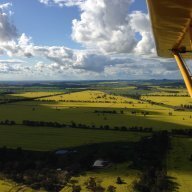

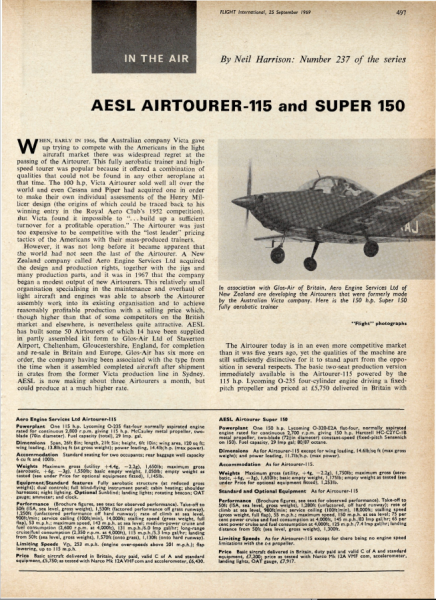
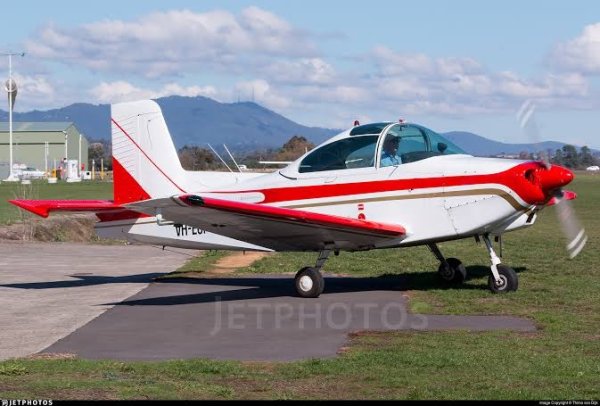
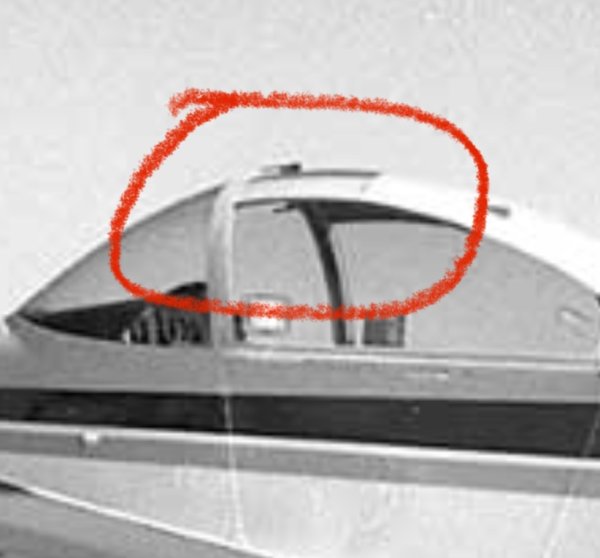
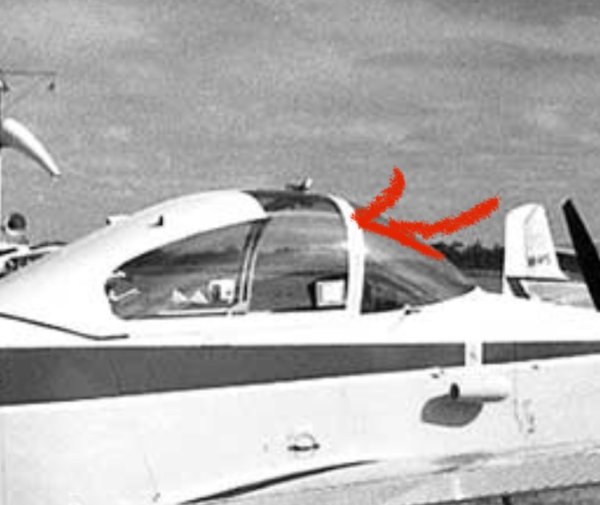
CASA qualifications applied to RAA
in Student Pilot & Further Learning
Posted
A requirement for RAAus ops, but not GFA or Hot Air Balloon pilots in Class C or D.